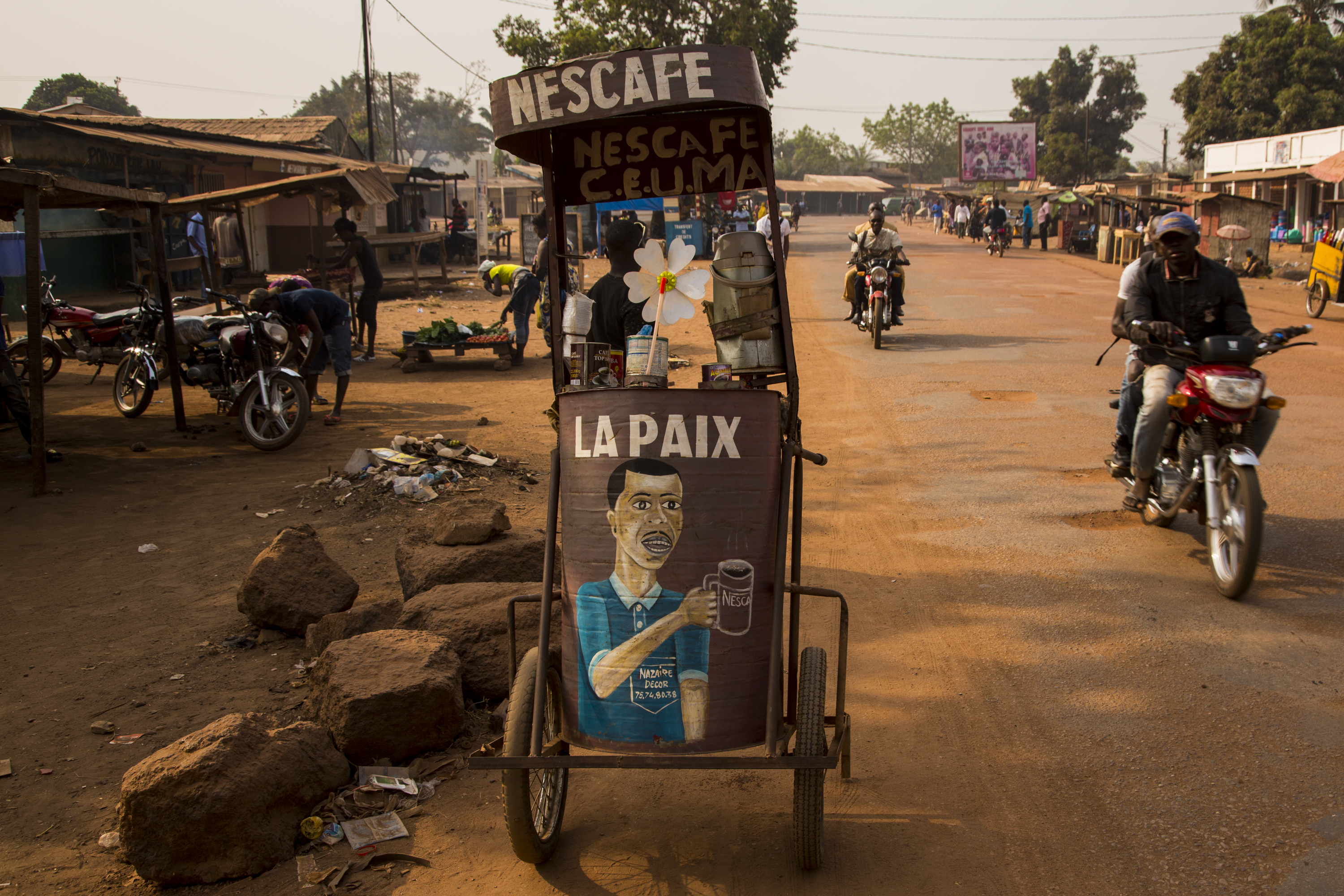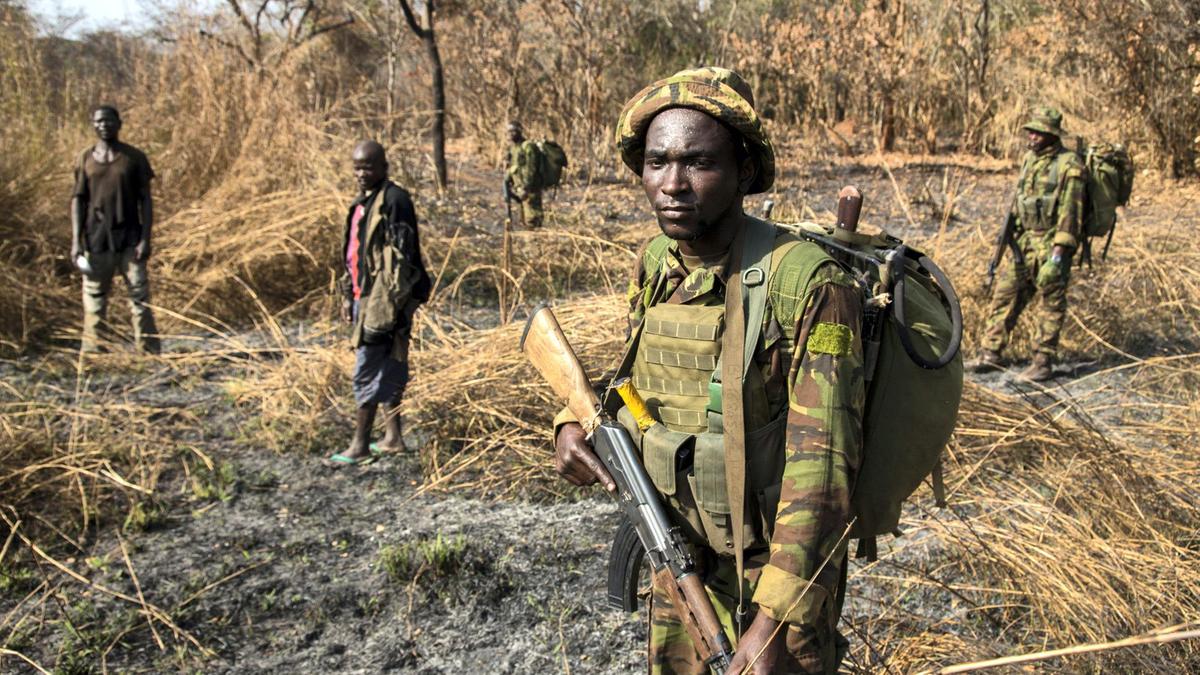
It was not the hippo carcass that troubled the wildlife rangers the most. Nor were they especially surprised to uncover a cache of powerful assault rifles in this volatile region awash with uncontrolled arms.
The most unsettling find from their counter-poaching raid in Chinko, a vast wildlife reserve in the Central African Republic (CAR), was a handful of identity cards belonging to soldiers from Sudan's paramilitary forces – a discovery suggesting that Khartoum’s fighters are moonlighting as poachers hundreds of miles beyond its borders.
The Sudanese military and its auxiliaries are accused of committing war crimes that range from using scorched-earth tactics to attacking camps housing displaced civilians. The role of government-backed soldiers in the illicit wildlife trade, however, is less known. The evidence found deep in the Central African bush shines a light on the covert, cross-border poaching forays launched by Sudanese militiamen to profit from the demand for bush meat, ivory and traditional Chinese medicine.
“They were all in military uniform, they all had automatic weapons, they had military IDs,” says David Simpson, who, as Chinko’s park manager, oversaw the raid on the poachers' camp in March. One theory is that their superior dispatched them to the reserve to make some extra cash. “Whether they're current Sudanese army or whether they've abandoned their post, we don’t know.”
Decades in the making, a crisis is unfolding in the heart of the continent as vicious civil wars spill over into the region’s wildernesses. Increasingly militarised, poachers are exploiting porous borders and political chaos to plunder wildlife reserves with impunity.
Almost twice the size of Yellowstone National Park, the vast yet little-known Chinko reserve is one of the largest intact wildernesses in Central Africa. Encompassing savanna and tropical forest, this mixed ecosystem in south-eastern CAR is run by African Parks, a conservation non-profit, and supports buffalo and elephant, lion and leopard. The icon of this park is the giant eland, an imposing antelope with a chestnut-brown coat, tightly-spiralled horns and a large fold of skin hanging from its jowls. In the cool and dappled light of gallery forests, iridescent sunbirds dart across streams as colobus monkeys lounge in the canopy high above.
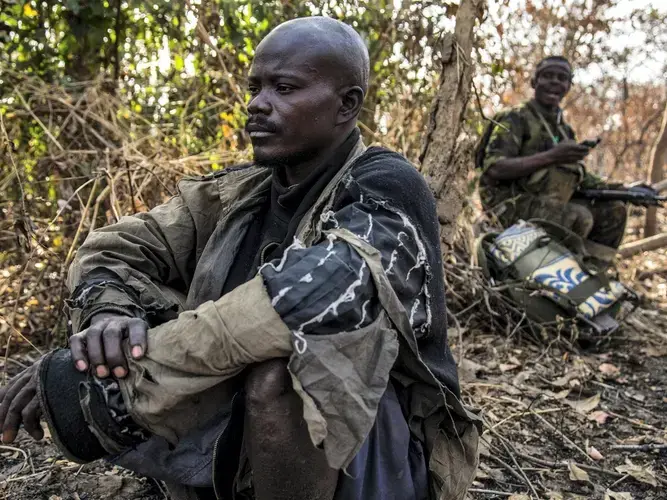
However, located in one of the most underdeveloped and conflict-ridden parts of Africa, this sanctuary is also a battleground between heavily-armed groups of poachers and well-trained, dedicated squads of rangers equipped with body armour and belt-fed machine guns. Often backed by wealthy businessmen, poachers caught in CAR can be jailed for up to ten years. But dysfunctional courts and corruption allow many to evade justice.
“Elephant ivory poaching is no longer solely a conservation issue – it also funds a wide range of destabilising actors across Africa,” say Varun Vira and Thomas Ewing, authors of a key report on the militarisation of poaching. “Government-allied militias complicit in the Darfur genocide fund their operations by poaching elephants hundreds of miles outside [Sudan’s] borders.”
The crossover between militants and poachers has a rich heritage. Cold War-era guerrilla groups in Angola and Mozambique forged a sideline career in killing elephants, exporting their tusks for extra funds. Janjaweed militias, notorious for committing atrocities against civilians in Darfur, have been making forays into CAR for years, stalking elephants and other animals on horseback, shooting from the saddle. The Lord's Resistance Army (LRA), led by Joseph Kony, has put enormous pressure on elephant populations, purchasing weapons with the profits made through poaching trips in Garamba National Park in the Democratic Republic of Congo. There, Ugandan military personnel borne by helicopter are also accused of slaughtering entire herds of elephants.
"Foreign armed groups are the main perpetrators of poaching and trafficking across the landscape,” says Paulinus Ngeh, the Central Africa office director for TRAFFIC, a non-profit that monitors the wildlife trade. “More needs to be done to support the fight against poaching, which fuels corruption and destabilises the region."
This multi-fronted poacher war is driving African elephants towards the brink of extinction. Across CAR, the lucrative trade in ivory and bushmeat has resulted in a 95 per cent depletion in the country’s wildlife. Experts believe that, at the end of the 1970s, there were around 70,000 elephants in CAR. Within five years, a bustling ivory trade in CAR's capital, Bangui, and the onslaught of Chadian and Sudanese poachers had slashed this population to just a third of its size. As a result of this killing frenzy, the local elephant population around Chinko has dramatically declined from approximately 2,600 at the end of the 1980s to just a few dozen individuals – certainly no more than a hundred. These are breeding in small groups, concealed deep inside the core of the reserve.
Conservationists hope to protect these last, critically-endangered animals from further attacks, allowing the local population to bounce back. Such efforts are crucial. Thierry Aebischer, a Swiss biologist surveying Chinko’s flora and fauna, says these particular elephants are likely to be “a genetically-distinct evolutionary unit of global importance.”
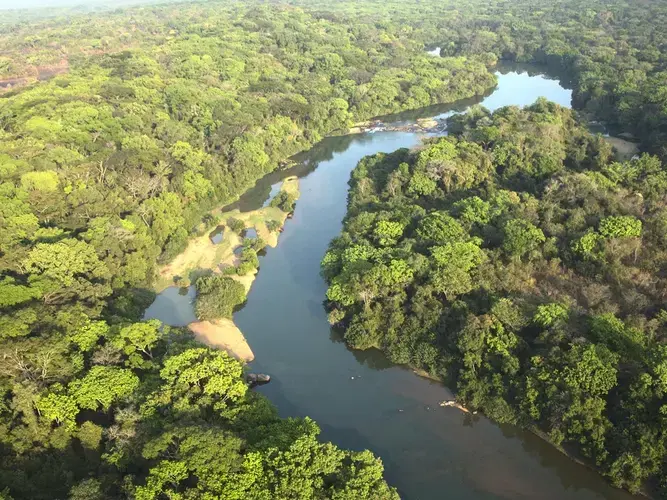
Safeguarding such a precious area from AK-47-wielding poachers would be hard enough. But war and chronic instability in this impoverished, former French colony complicates matters. In March 2013, a coalition of Muslim rebels known as the Seleka overthrew the government in Bangui. Two months later, seemingly with the Seleka’s complicity, Sudanese ivory hunters stormed a national park in the country’s south-west, gunning down 26 elephants. Over the coming months, an alliance of mostly Christian militias – the Anti-Balaka – rose up to counter the rebels, with both sides committing atrocities amid ongoing fighting.
Last year, this violence forced more than 300 civilians from a Fulani community to flee into the park after militants attacked their town. Park staff helped them through their ordeal, offering them food, shelter, water and occasional work. “It has been very hard leaving our homes,” said 24-year-old Oumar Abdouly, who found employment as a mechanic at Chinko following the attack. “But we are strong – we are survivors.”
During a visit to their remote camp in February, the male elders greeted Mr Simpson – their only connection to the outside world – and led him into a central hut. For around half an hour, the group discussed the safest way to return home. They agreed that the men should go back first, followed by women, children and the elderly two months later if the first returnees would be met without hostility.
At last, four months later in May, these displaced people ended their year-long exile and began to return home. Chinko's team knows that, if their ambitious project is to succeed in this lawless land, they must wed wildlife conservation to a wider model of development and peace-building. As Mr Simpson says: “You can’t just build a castle and not reach out.”
For the 30-year-old Mr Simpson, this influx of displaced civilians was only the latest in a series of dramatic incidents since he first came to CAR eight years ago. The son of a pheasant farmer, he had swapped the rural peace of his English village in the North Yorkshire moors in 2010 for adventure in Central Africa, where he flew bush-planes for a hunting ranch near the River Chinko. In 2012, Mr Simpson and his colleagues set out to transform the area into a wildlife refuge before African Parks assumed responsibility for the reserve in 2014, adding it to a network of reserves, which span 10.5 million hectares across nine countries.
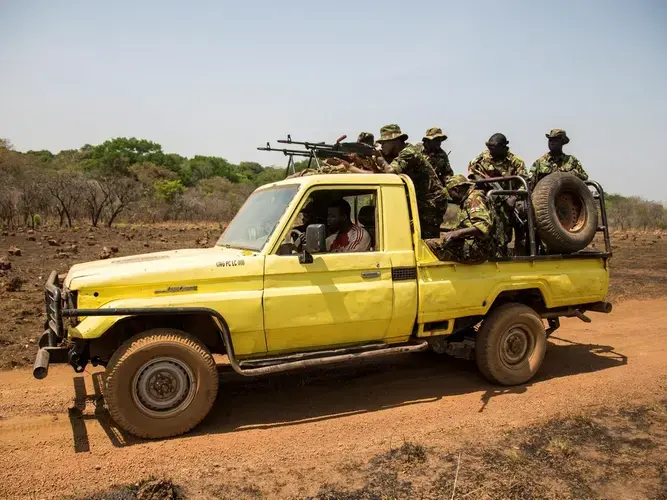
The importance of protecting this wilderness was underscored earlier this year when one of Chinko’s bush-plane pilots spotted tracks and other signs of human activity, alerting the park’s law-enforcement team to a possible incursion. It later emerged that a platoon of poachers numbering a couple dozen gunmen had travelled some 300 miles by foot from Sudan, with food, weapons and other supplies strapped to donkeys. These animals would then be loaded with bush meat and ivory on the return leg. “They go out in the bush for long periods of time, up to twelve months, so they go stocked up with everything,” says Mr Simpson.
It took three ranger teams around six weeks to find them, covering some 700 kilometres as the poachers split up into smaller groups and furtively moved around the park perimeter. After finally pinpointing their location, the rangers carried out a raid. A fierce firefight followed and the suspected Sudanese soldiers disappeared into the bush. In their abandoned camp, the rangers found a butchered hippo, a python skin and a stash of pills including antibiotics, anti-malarials and drugs to treat their donkeys for sleeping sickness, spread by the tsetse fly – all signs that these poachers were planning a protracted killing spree.
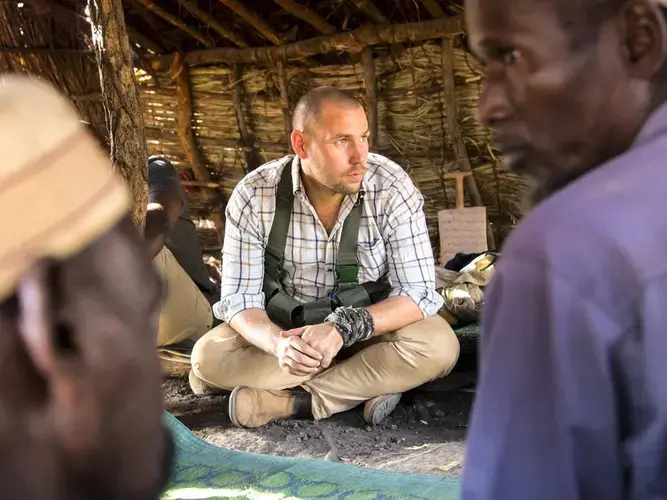
They also found ID cards and uniforms indicating that the men came from Sudan’s South Darfur region and served as members of a militia known as the Popular Defence Forces (PDF), which is an official extension of Sudan’s armed forces. Amnesty International accuses this group of committing war crimes, having documented their deliberate targeting of civilians in Darfur, accompanied by looting and rape. A spokesman for the Sudanese Army did not respond to The National’s requests for comment.
For Mr Aebischer, the biologist, it is a miracle that any elephants remain in Chinko after decades of relentless poaching by trans-national ivory hunters. But the survival of these majestic animals cannot be taken for granted.
"It is definitely not yet too late for these last elephants," he says. "But action is urgently needed."


